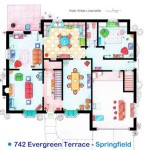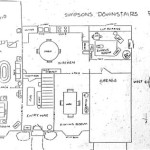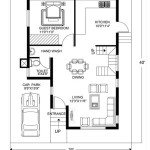Essential Aspects of Creating House Plans
Crafting house plans is a crucial step in the journey of building your dream home. It requires careful consideration and meticulous attention to detail to ensure a functional and aesthetically pleasing living space. Understanding the fundamental aspects of creating house plans is essential for homeowners and architects alike.
1. Establishing a Clear Vision and Purpose
Before embarking on the design process, define your vision for the house. Determine the desired number of bedrooms, bathrooms, and living spaces. Consider the specific uses of each room and the flow of traffic through the house. Clearly articulating your goals will guide the development of the plans.
2. Site Analysis and Zoning Regulations
Thoroughly assess the building site to identify key features such as topography, soil conditions, and existing infrastructure. Familiarize yourself with local zoning regulations to ensure compliance with building codes and setback requirements.
3. Functional Floor Plan Design
The floor plan should prioritize functional flow and maximize space utilization. Create a seamless transition between rooms, ensuring adequate circulation and accessibility for all occupants. Consider the placement of windows and natural light sources to enhance the interior environment.
4. Architectural Style and Aesthetics
Determine the architectural style that best aligns with your preferences and the surrounding neighborhood. Consider factors such as rooflines, siding materials, and window styles. Strive for a cohesive and visually appealing design that complements the surrounding landscape.
5. Structural Considerations
The structural integrity of the house is paramount. Consult with an engineer to design a foundation, framing, and roofing system that meets building codes and ensures the stability of the structure. Factors such as soil conditions, seismic activity, and wind loads must be taken into account.
6. Energy Efficiency and Sustainability
Incorporating energy-efficient features into the house plans reduces long-term operating costs and environmental impact. Consider insulation, energy-efficient appliances, and renewable energy sources. Sustainable design practices can create a healthier and more comfortable living space.
7. Detailed Documentation
Precise and comprehensive drawings are essential for construction. The plans should include elevations, sections, and detailed specifications for all aspects of the house, including materials, finishes, and fixtures. Clear documentation ensures accurate implementation and minimizes construction errors.
8. Professional Collaborations
Collaborating with experienced professionals can enhance the quality of the house plans. Architects, engineers, and interior designers bring specialized knowledge and perspectives to the project. Their expertise ensures a well-conceived and executed design.
Conclusion
Creating house plans is a complex process that demands a multifaceted approach. By understanding and incorporating the essential aspects outlined in this article, homeowners and architects can embark on a successful journey towards realizing their dream home. Meticulous planning and attention to detail will result in a functional, aesthetically pleasing, and sustainable living space for years to come.

Floor Plan Creator And Designer Free Easy App

Floor Plans Types Symbols Examples

Floor Plans Types Symbols Examples

Floor Plan Creator And Designer Free Easy App

Floor Plan Creator Planner 5d

20 Best Floor Plan To Create Your Plans Foyr

Floor Plans Learn How To Design And Plan

Small House Plans Popular Designs Layouts

Floor Plan Creator Planner 5d

House Plans How To Design Your Home Plan








